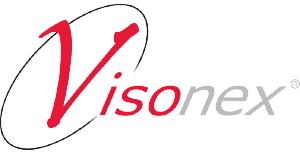Update machine interface technology
Dialysis has had a long history of paper or manual documentation. The typical Dialysis facility was had dedicated areas of paper storage constituted by charts, files, notebooks, calculators and manilla folders. But, around the mid-1990’s there was a change when a few vendors began offering software packages for documentation of Data. This started with products like Theraps specific to KT/V and Renal Star Software from Cobe Labs and Gambro Healthcare. Dialysis staff were slow to accepting these products, but Renal Star Software established the initial experience for many in Dialysis on the value of electronic documentation. Unfortunately, rather than making Dialysis more efficient, Renal Star was sold as helping a Dialysis unit to become paperless. The goal was never achieved but Renal Star left early adopters desiring for more.
As we entered the 2000’s, the EMR began to be introduced and sold to Dialysis facilities in the US. Yes, some still advocated, paperless Dialysis facilities, but what was important was delineating the differences between paper documentation and an Electronic Medical Record. The value of the EMR was that it provided Dialysis a digital version of a patient’s paper charts, medical files, and other important paper records. The EMR also provided crucial information needed to make an accurate clinical decision and assure quality of care. Something that paper could not provide.
Now, here in 2022, what is important today is vastly different from the early 2000’s. Specifically, the demands of CMS for Dialysis have grown greatly in the areas of Regulatory requirements. It started in 2008 with Conditions for Coverage, then Interpretive Guidance and after that, Bundled Payments. So, what is important today is vastly different from the past. In addition, another key area is that of gathering accurate Dialysis machine information and Patient vitals. Ironically and conventionally, some facilities still document machine information via paper and later enter this information into their EMR. At Visonex, we have been a leader in developing Dialysis Machine interfaces to pull machine information and patient vitals directly into our Clarity EMR serving to reduce errors, make more efficient workflows and provide accurate information on the claim.
We have recently developed new interfaces to Baxter’s AK98 machine. If you have acquired new machine technology and would like to learn more about how the Clarity EMR and our new machine interfaces, please reach out to us.
